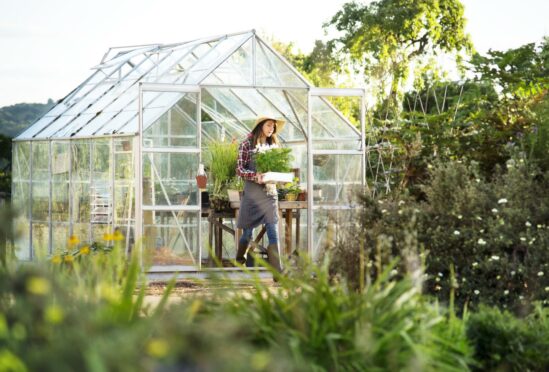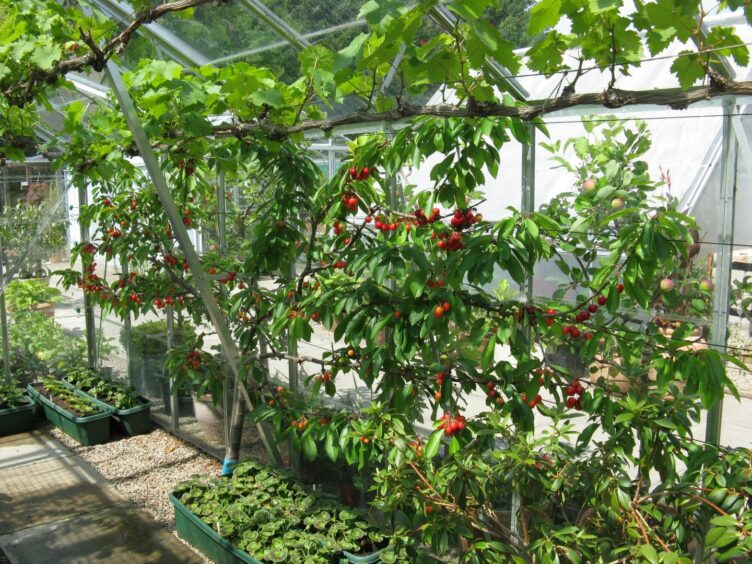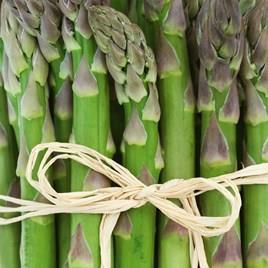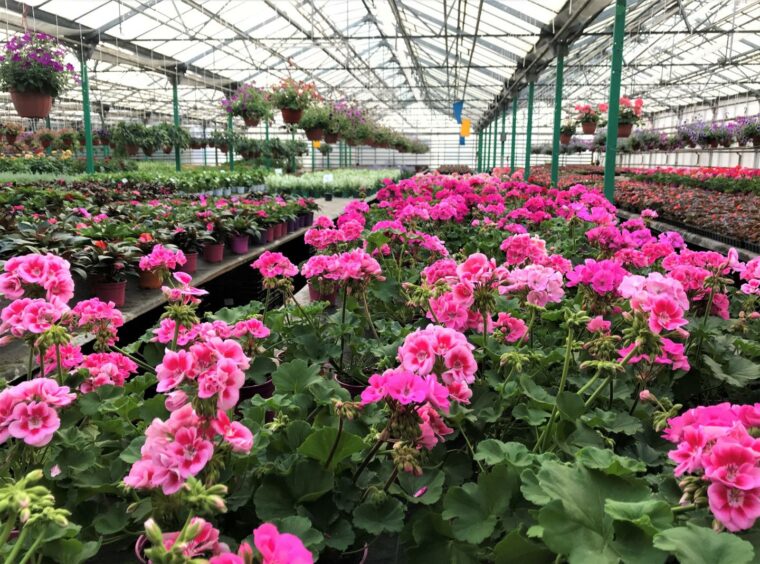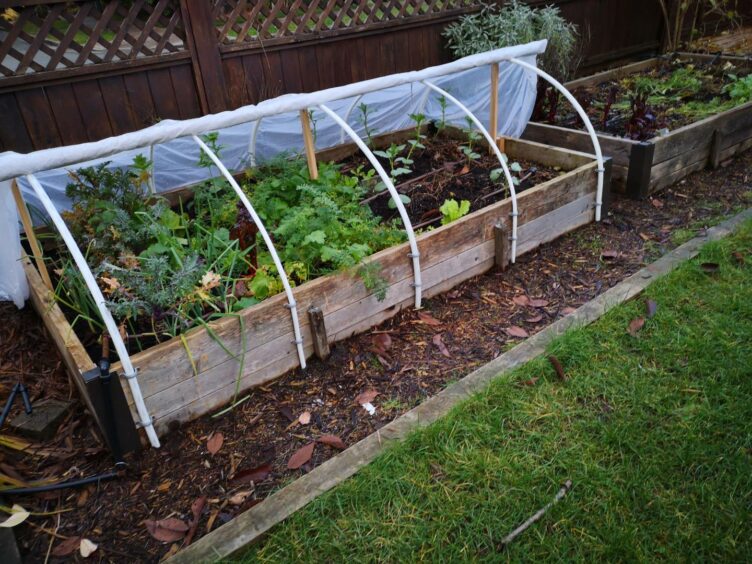As a direct consequence of Covid-19, a great many new gardeners have come to join us and as a result the questions never stop.
Most are seeking advice on what they can grow and when to sow or plant “it”.
Taking the on-coming winter conditions into consideration, there won’t be much sowing direct or planting outside during the next three to four months with the exception of trees and shrubs which can still be planted so long as conditions are amenable.
What do I mean by that?
Lighter soils which can still be dug up and remain quite crumbly are OK but heavier soils that have perhaps become sodden and quite compacted would NOT be suitable for planting in to.
Just imagine digging a bucket-sized hole to plant a young tree which cost you 15 quid, perhaps adding a bit of well-rotted compost around the tender roots before back-filling the hole with the soil and firming it.
That heavy, wet, cloggy stuff will set like concrete.
Rainwater drainage
Even if you dig the bucket-sized hole, put the tree in and back-fill with some fine compost from the garden centre, that bucket-sized hole will act just like a bucket.
The rainwater will not drain away, it will collect in the hole and drown the roots. Nuff said.
If you have a greenhouse and/or a polytunnel the story is entirely different because the weather protection afforded by these structures enables you to continue gardening actively – both sowing and planting – but one word of warning which applies specifically to sowing seeds.
Not only do we have short days but the light quality can be rather poor for weeks on end.
This will cause seedlings to be thin and straggly as they stretch up for more light and not only are they difficult to handle but they are prone to injury.
Under lights
Commercial growers install lights when appropriate. When we grew tomatoes commercially as part of the Waste Energy Project at Glengarioch Distillery, the seeds were sown in early February but as they germinated they were under mercury vapour lights for about 10 hours per day.
Back to the present, I have a mixture of house plants and flowering pot plants like pelargoniums and geraniums in the greenhouse referred to as stock plants from which I will take cuttings in the new year, to have enough young plants to fill tubs and troughs for summer display.
There is a fan heater to enable me to keep these plants frost-free so come February and March when days lengthen and light quality improves, I can start sowing.
That suits me but there is an even wider scene to be considered, for example how about planting a vine to be trained and grown overhead, requiring little ground space or perhaps a cherry tree to be trained on the side wall or gable, neither taking up any floor space.
You might even consider devoting a couple of square metres to planting a few asparagus crowns.
Crop of spears
Asparagus is a herbaceous perennial which can be grown from seed or by purchasing dormant roots (referred to as crowns), which is the best way to get started.
From seed it may take three years before you can harvest a crop of spears whereas, the first crop from crowns would be in year two.
And here’s another thing, when buying crowns be sure to buy male plants only because they will produce better yields.
Am I being sexist? Definitely not, “jist dae whit yer tellt” because explaining why would take too long. Trust me.
Out of doors
To answer the obvious question, yes, you can grow asparagus out of doors in these parts but frankly, I would recommend giving the crop cover.
Aim to plant a two or three-year-old crown in March/April having prepared the ground in your glasshouse/tunnel by digging in a good dressing of well-rotted compost or FYM (farmyard manure).
Plants should be spaced 35cm to 45cm apart, in rows at least 60cm apart.
The planting technique is important in that you must finish with the crown of the plant just covered with soil, when it is finally firmed and levelled.
Reducing breakage
The roots radiate outwards and downwards so to accommodate them safely and reduce breakage to a minimum, you must create a firmed mound in the centre of the planting hole to place the crown on.
It pays to take time to do the job properly because an asparagus bed can last for years. The variety Gijnlim is one of the most popular.
